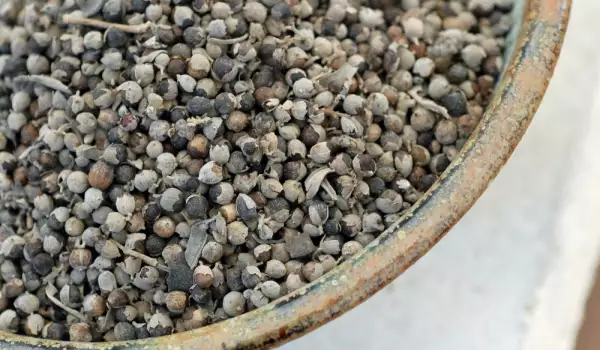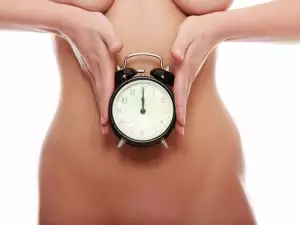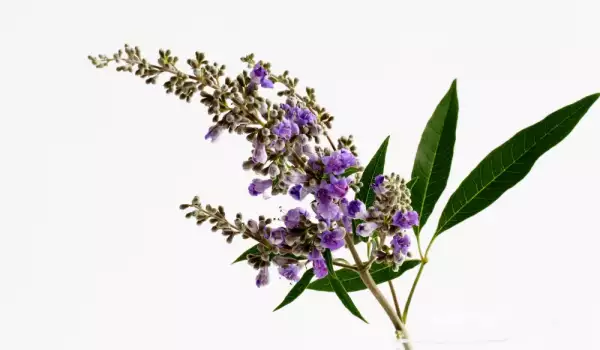Vitex / Vitex agnus-castus /, also known as Abraham's Balm, is a shrub with beautiful purple flowers. Its leaves are ovate to oblong in form. It grows in the Mediterranean region and Central Asia. It prefers humidity and bright sun.
Vitex is a herb which more and more women suffering from various gynecological problems are turning to. Vitex possesses the unique ability to correct hormonal imbalances in women, it is even used for the treatment of infertility.
History of vitex
Vitex has been well known since ancient times and has even been mentioned in Homer's epics in the 6th century BC, as a means of chasing away evil and a symbol of chastity.
Ancient people believed that vitex reduced sexual desire, which was why it was traditionally chewed by monks, who claimed that their vows of chastity were more easily kept.
Women in Ancient Greece who did not wish to be disturbed, decorated their bed with garlands of leaves of the plant to reduce the passions of their beloved. The Greeks used the berries to treat various female problems, and healers used them to stop bleeding after birth.
Composition of vitex
The usable parts of the herb are the fruits, leaves and seeds. They contain flavonoids, iridoid glycosides and terpenoids. Other key components in the composition of vitex are essential oils and alkaloids (viticin).
Selecting and storing vitex

Vitex can be purchased from specialized stores as a dietary supplement. Dosage and the method of use are stated on the packaging. It is possible to find it in the form of a dry extract derived from the fruits of the plant.
Benefits of vitex
It is scientifically proven that vitex has a hormonal action, and is therefore used by women, chiefly in the treatment of infertility and hormonal problems. Scientists have studied the fruits of vitex for more than 30 years, but are still not entirely certain which components are responsible for its boldly expressed hormonal effect on the body.
It is believed that the fruits of vitex suspend male androgens, while in females they have a progesterone effect, which acts on the pituitary gland, which regulates menstruation. By increasing progesterone activity, the herb acts to balance estrogen and progesterone production in the ovaries during the menstrual cycle.
Among other things, vitex stimulates the production of prolactin - a hormone that regulates breast milk production.
A study conducted more than 10 years ago proved that daily use of the herb in capsule form relieves symptoms of premenstrual syndrome.

It is important to note that vitex does not contain hormones. As mentioned, the effect is due to its impact on the pituitary gland.
Since the 1950s, European doctors have recommended the dried fruits of vitex for irregular periods and relieving PMS. They prescribe it in regulating ovulation after the use of oral contraceptives, for acne and menopause, endometriosis, uterine fibroid growth - all of which are associated with hormonal imbalances.
In Mexico, vitex has traditionally been used to treat menstrual disorders, but also other problems which are unrelated - scorpion bites, diarrhea, and some respiratory infections.
Taking vitex
Vitex is not a product that shows quick results. For the treatment of premenstrual syndrome, the herb must be taken for 2-3 months in order to feel its full effect, which is significant.
After long-term use of vitex, breast tenderness and swelling of the stomach are reduced, it relieves irritability and depression. The herb also helps to regulate menstrual cycles - it shortens long cycles while extending short ones.
Vitex should not be taken by pregnant or nursing women. Using vitex in combination with hormone therapy is not recommended. For some women, taking vitex causes more abundant menstruation during the first months. This effect disappears after a few menstrual periods.









